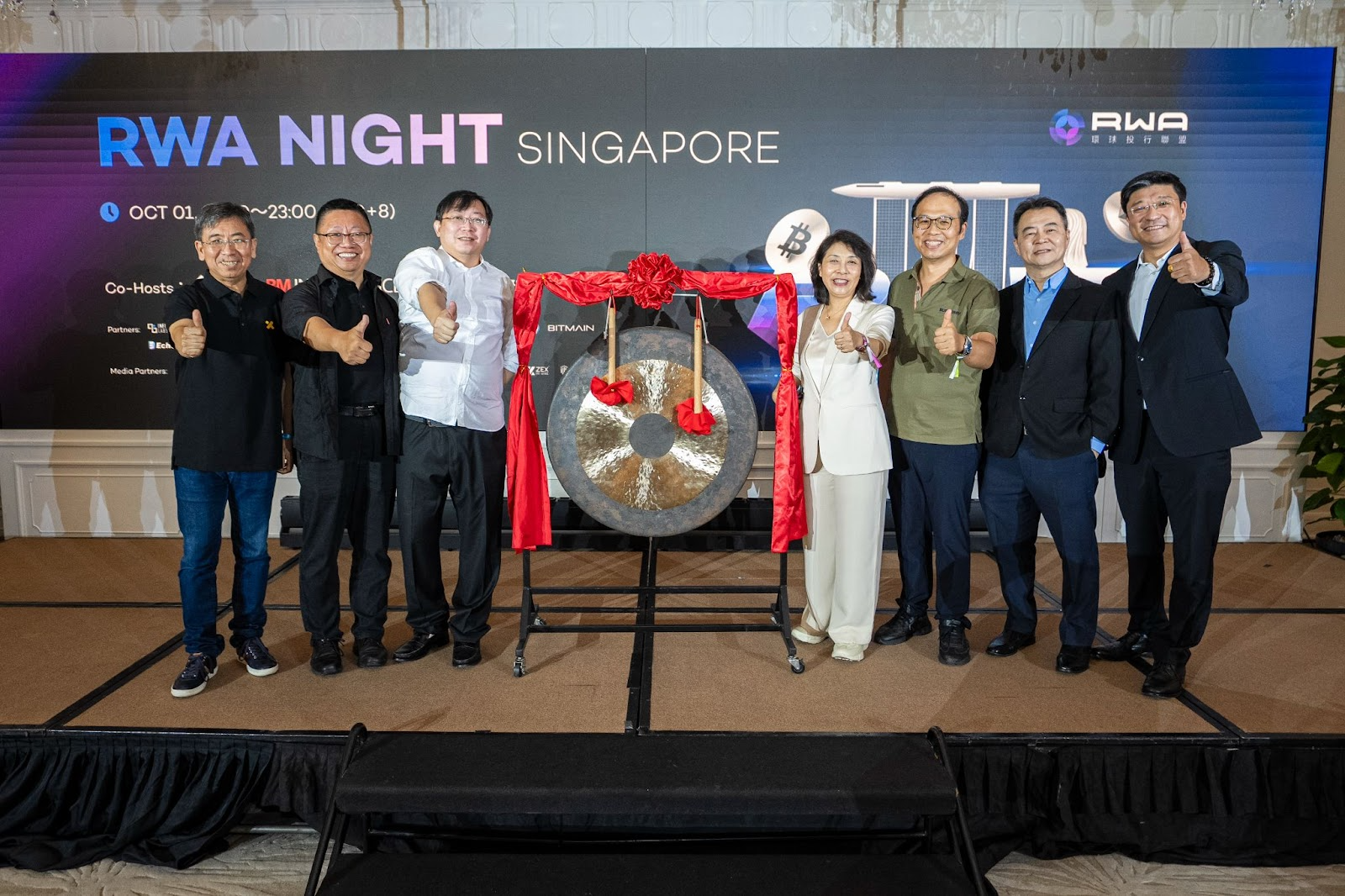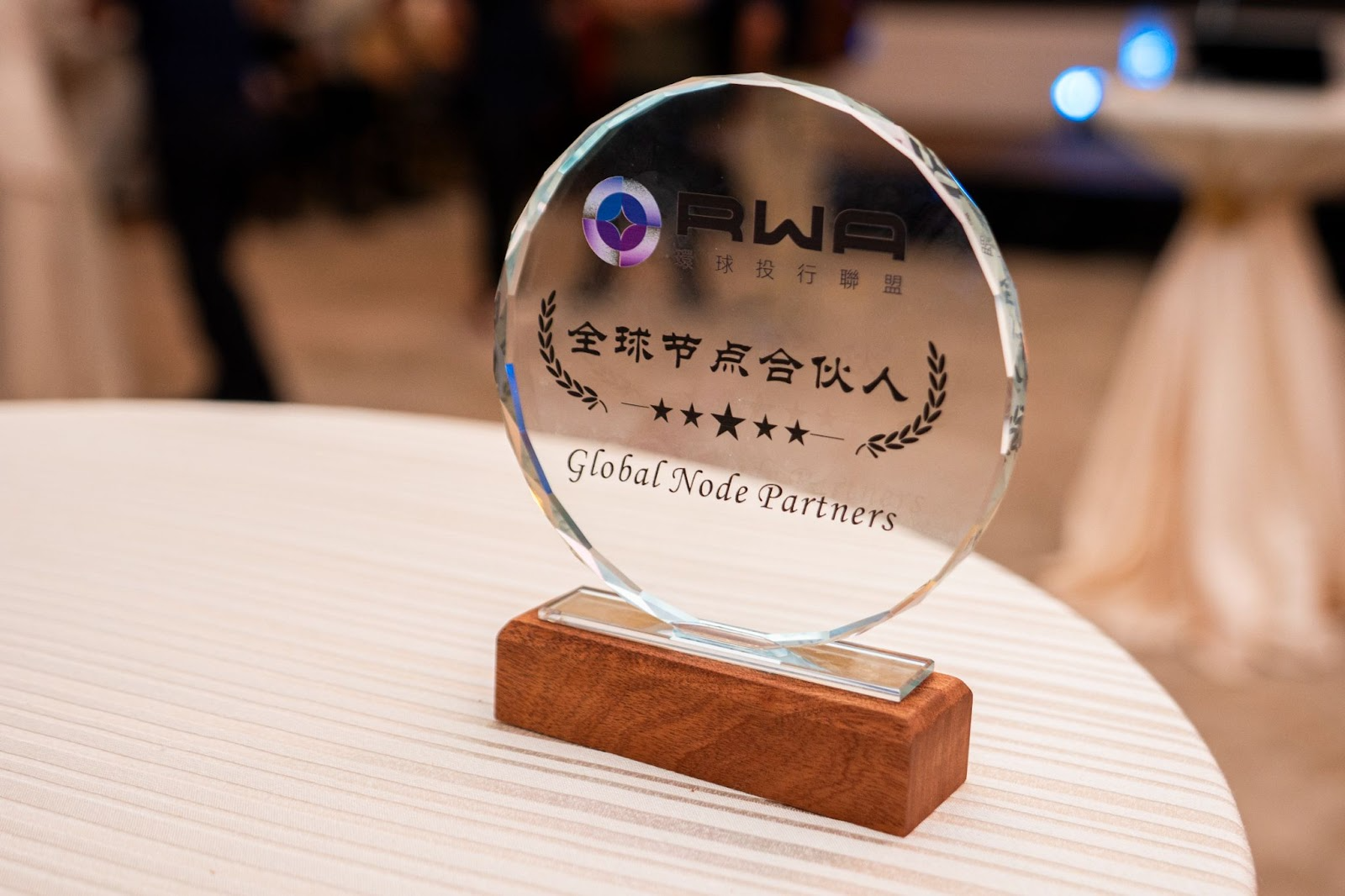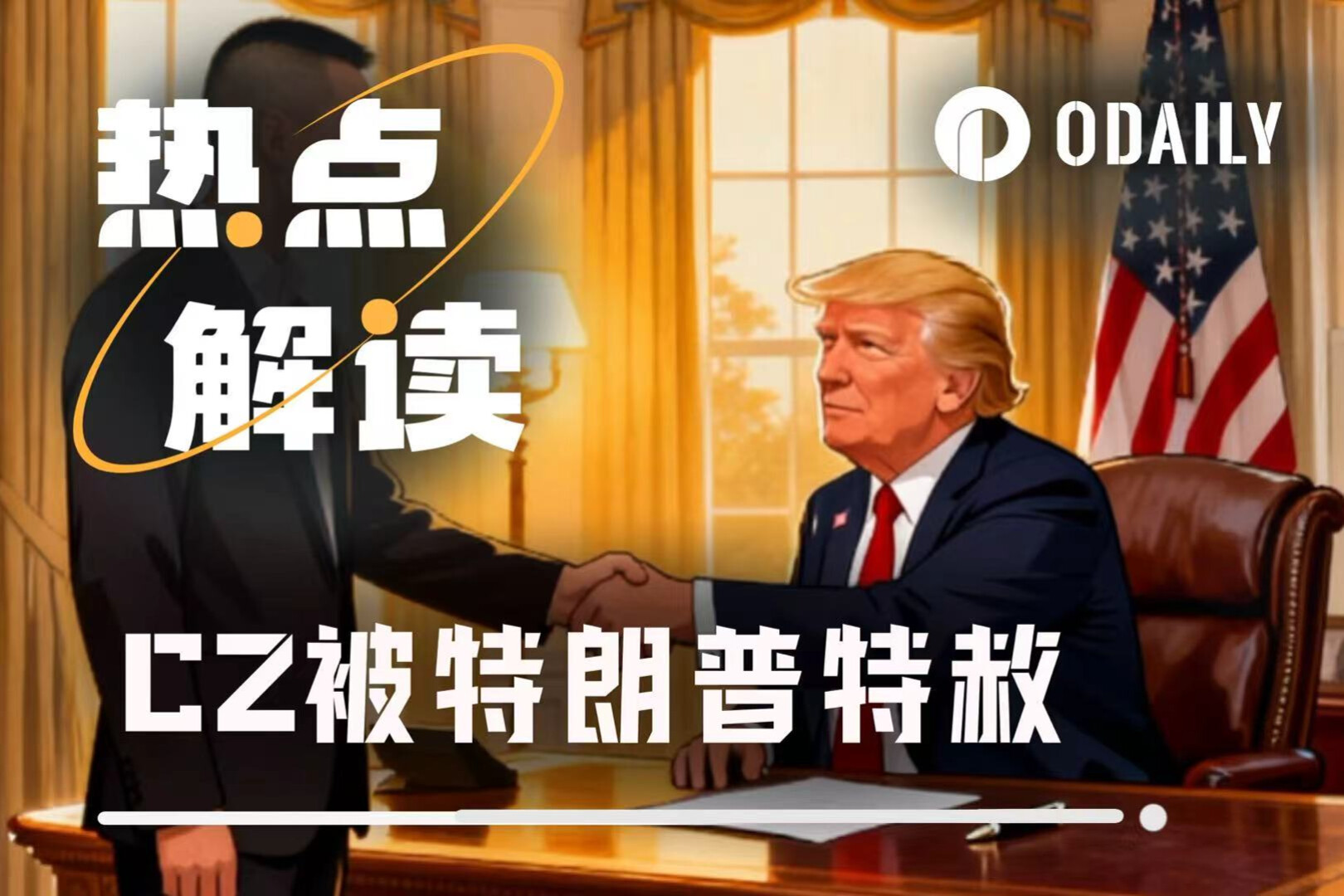On October 1, 2025, the RWA Global Investment Banking Alliance (RWA) successfully concluded its "RWA Night" at the Fullerton Hotel in Singapore. Representatives from international investment banks, crypto funds, and industry leaders gathered to witness the official launch of the UPAL token. This event was not only a grand industry gathering but also a key demonstration of the alliance's strategy to promote the on-chain migration of real-world assets.
In addition to UPAL, the Alliance also introduced the progress of the GSSG project, demonstrating a path for traditional enterprises to enter the global capital markets and providing a clear reference for more companies. Simultaneously, the Alliance launched four strategic initiatives to further strengthen the RWA ecosystem: establishing the RWA Global Investment Banking Alliance Guidance Fund to promote the tokenization of high-quality assets; launching a global node program, initially covering Singapore, Hong Kong, Dubai, and London, to establish a regional learning community and annual summit; releasing an Alliance Smart Chain designed specifically for real-world assets, combining compliance modules, high performance, and privacy extensions; and establishing an Alliance Community DAO to connect investors, issuers, and experts in a decentralized manner, creating an open and collaborative global network.
These initiatives complement the UPAL and GSSG cases, marking the alliance's upgrade from a promoter of single projects to an ecosystem builder, providing companies with full-chain support from financing and issuance to global capital docking.
Alliance Vision and Mission
Since its inception, the RWA Global Investment Banking Alliance has been committed to promoting the integration of real-world assets onto blockchain. The alliance brings together financial institutions, blockchain companies, exchanges, and ecosystem funds to form a cross-sector collaboration platform. Its goal is to help companies expand into the capital markets and unlock the potential of their assets through compliant and standardized tokenization solutions.
Alliance representatives in Singapore stated that many companies' high-quality assets have long been undervalued, leaving traditional financing channels limited. RWAs offer a breakthrough in this situation, enabling companies to reach global investors more quickly through tokenization and demonstrate their value within the new capital framework.
UPAL's innovations and breakthroughs
UPAL was issued by UPALL LIMITED, a special purpose vehicle registered in the Cayman Islands, with a total supply of 100 million tokens, a three-year term, and an issue price of $0.001. Its highlight is its dual asset pegging: every 500 UPAL tokens correspond to one share of PLAG stock listed on the New York Stock Exchange and one original share of GNDS, a US company seeking to go public.
PLAG specializes in green agriculture and clean energy, with stable revenue and dividends, providing a strong foundation for UPAL. GNDS, focused on green data centers, plans an IPO before 2026, with a potential valuation of between $100 million and $150 million, providing growth opportunities for UPAL. Through the SPV structure, investors can enjoy dividends and share transfer proceeds, and access 24/7 trading in global markets, transcending the time and space constraints of traditional assets.

GSSG Case Study: Exploring Tokenization in Traditional Manufacturing
GSSG is the alliance's first security tokenization project, representing stock subscription rights in Asahi Sanitaryware Co., Ltd., a long-established Japanese bathroom fixture manufacturer. With over 300 years of history, Asahi Sanitaryware has established a solid presence in the Japanese manufacturing industry. Through GSSG, investors can access the equity value of this legacy company in a compliant and transparent manner.
GSSG achieved a breakthrough within the STO compliance framework, attracting global investor attention after its launch. With its 24/7 trading mechanism, this traditional industry asset broke through geographical restrictions and entered the global capital market, proving that the manufacturing industry can fully integrate into the digital financial ecosystem through RWA.
Policy environment and market background
Since 2025, the RWA track has maintained high growth. Research shows that the scale of real assets on the chain of non-stablecoins has reached approximately US$23 billion to US$24 billion by mid-year, a threefold increase in three years, mainly concentrated in private credit and US Treasury products.
The Monetary Authority of Singapore's Project Guardian has expanded to over 40 institutions and regulators in multiple jurisdictions, jointly promoting tokenization pilots across funds, bonds, and deposits, yielding initial results in terms of efficiency and transparency. Hong Kong, in 2025, released its "Digital Asset Development Policy Statement 2.0," proposing a tokenized brokerage and custody framework and introducing RWA applications in the commodity circulation sector.
Overall, Singapore and Hong Kong are gradually forming a dual center for the development of RWA in Asia: the former is known for its regulatory pilot and institutional cooperation, while the latter is characterized by clear policies and application scenario-driven, providing clear options for enterprises to go online for financing and global circulation.
Enterprise Value and Capital Opportunities
RWAs are not only an innovative tool but also a viable capital channel. Under the traditional model, high-quality assets are difficult to convert into capital in a timely manner. Financing often relies on bank loans or regional investors, which is time-consuming and inefficient. Through tokenization, these assets can be directly displayed to global investors, providing businesses with new growth drivers and funding sources.
By going blockchain-based, businesses gain broader market visibility and establish a global reputation. This model not only offers new financing methods but also extends value creation to the global market. The Alliance's implementation in UPAL and GSSG has proven the feasibility and security of this approach.
Industry interpretation and expert opinions
Several speakers emphasized the potential of RWAs, which bring diverse assets to the attention of global investors. One senior executive at an international investment bank noted that RWAs can transform regional assets into tradable products for global investors, significantly improving capital efficiency.
Research institutions predict that the future development of RWAs will be reflected in the expansion of asset types, the establishment of governance standards, and integration with traditional capital markets. This means that RWAs are expected to evolve from an innovative experiment to a regular tool for international capital allocation.
Outlook and Conclusion
The RWA Global Investment Banking Alliance emphasized that the success of UPAL and GSSG not only demonstrates the practical value of RWA but also provides a replicable case study for more companies. The Alliance will continue to promote the integration of more asset classes into blockchain and establish a cross-border capital network in major financial centers around the world.
Alliance representatives noted that RWA is at a historic window of opportunity, and that pioneering companies will gain an advantage in the future global capital landscape. For companies looking to explore on-chain financing, enhance asset value, and expand into international markets, now is the perfect time to seize this opportunity. The Alliance welcomes more companies to join, and through compliance support and technological solutions, connect with global capital, revitalizing high-quality assets in the digital age. 
- 核心观点:RWA联盟推动真实资产上链生态建设。
- 关键要素:
- 发布UPAL代币锚定股票资产。
- 推出四项战略举措夯实生态基础。
- 展示GSSG传统企业代币化案例。
- 市场影响:加速传统资产通过代币化进入全球市场。
- 时效性标注:中期影响



